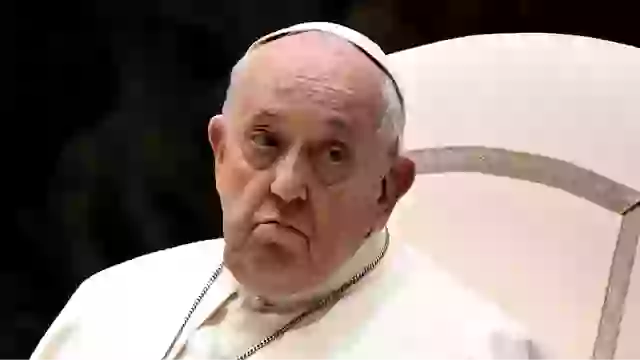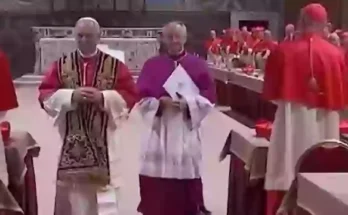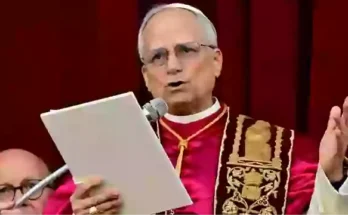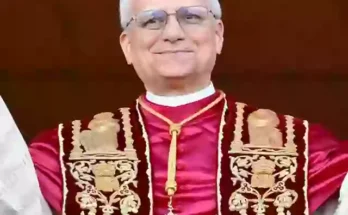The confirmed death of Pope Francis is set to deeply impact the Catholic community, leaving many grappling with uncertainty about what comes next.
On Monday (April 21), the Vatican announced the passing of Pope Francis, born Jorge Mario Bergoglio.
Concerns over his health had been mounting in recent months, especially after he was rushed to Rome’s Gemelli Hospital in February.
He had suffered a respiratory infection, chronic bronchitis, which developed into pneumonia in both lungs, and a mild kidney failure.
In April, he suffered an “isolated attack of bronchospasm, which led to an episode of vomiting with inhalation and a sudden deterioration of his respiratory condition.”
The Vatican released a statement saying, “Pope Francis died on Easter Monday, April 21, 2025, at the age of 88, at his residence in the Vatican’s Casa Santa Marta.”
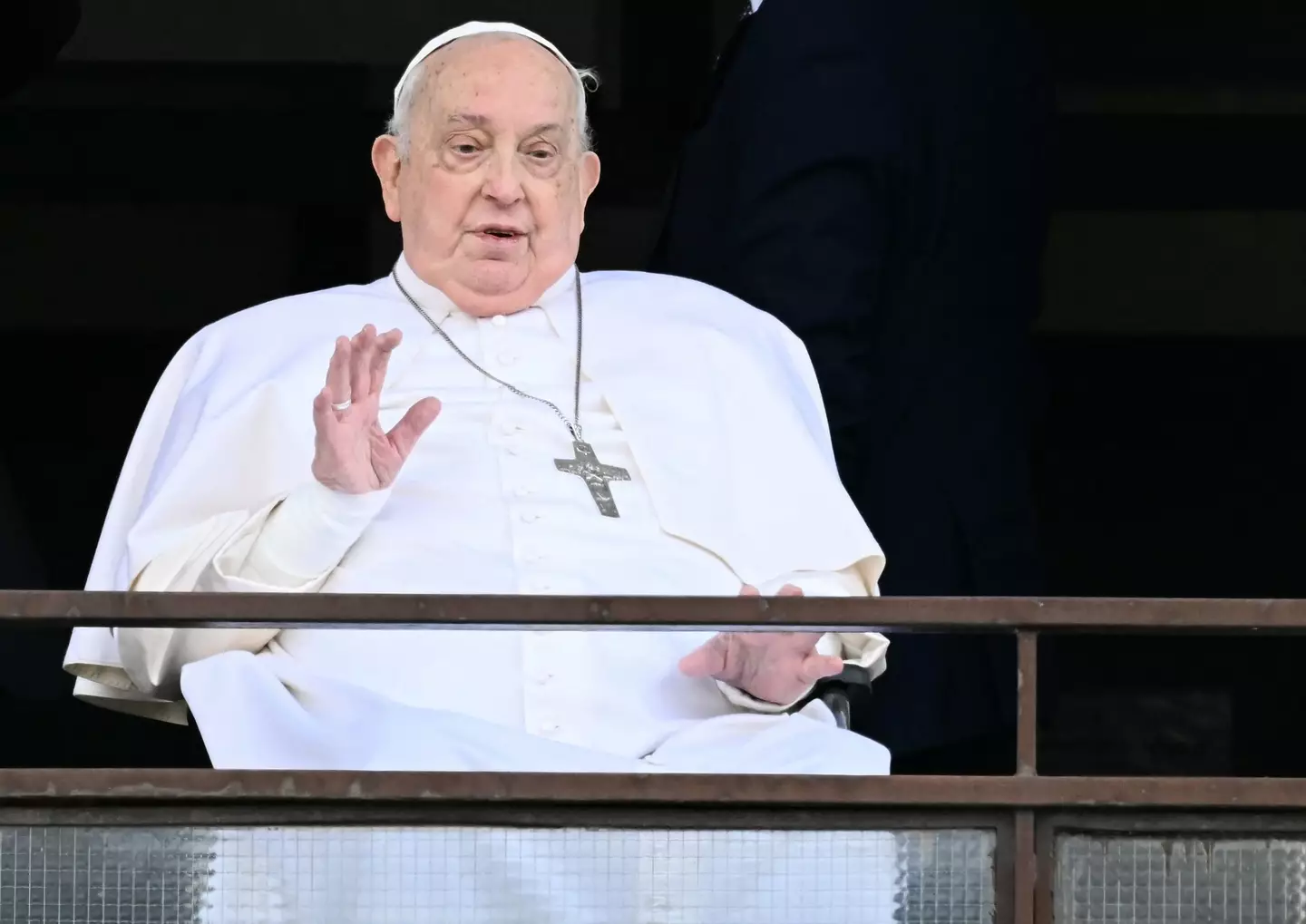
The Pope’s death will see a period of mourning take place (FILIPPO MONTEFORTE/AFP via Getty Images)
With the confirmation of his death, the Church will now begin a series of traditional rituals leading up to the selection of a new pope.
What rituals will the Church perform following Pope Francis’ death?
The first step is for the Camerlengo — a senior Vatican official — to formally confirm the Pope’s death. This role is currently held by Irish-born Cardinal Kevin Farrell.
Following this, the Pope’s body, dressed in a simple white cassock, is moved to his private chapel. There, he is clothed in red vestments and placed in a zinc-lined wooden coffin, with his symbols of office — the mitre and pallium — laid beside him.
Then the camerlengo drafts a document authenticating the pope’s death, and the pontiff’s private papers are gathered, his apartments sealed off and his ‘fisherman’s ring’, used to seal papal documents, is defaced or destroyed with a ceremonial hammer.
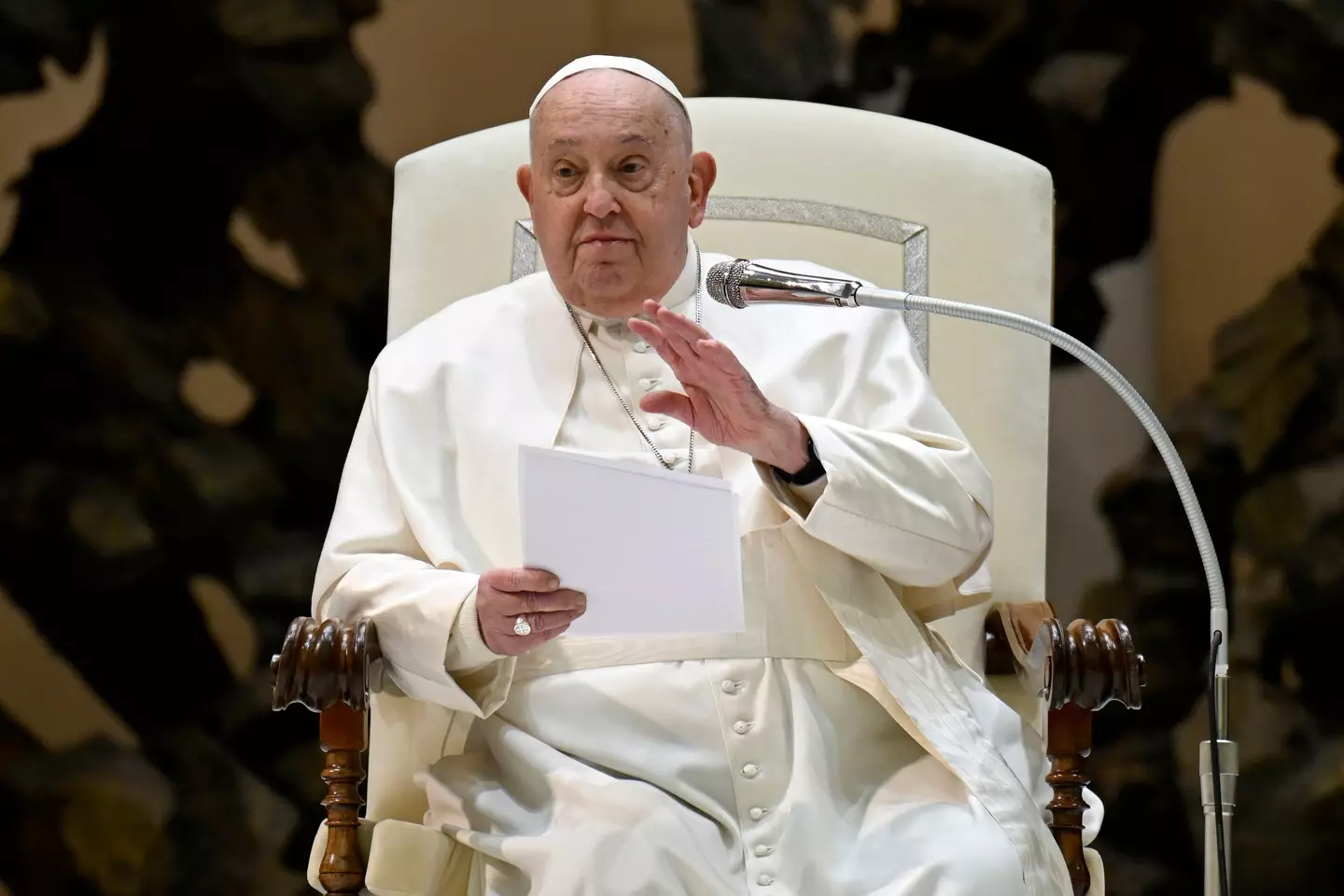
The Vatican will now look to replace the Pope(Vatican Media via Vatican Pool/Getty Images)
The death of the Pope will immediately initiate a nine-day mourning period known as the Novendiale. Throughout this time, daily prayers and requiem masses will be held both at the Vatican and across the global Catholic community.
The official funeral for the Pope is traditionally held in St. Peter’s Square, typically between four and six days after his passing, drawing large crowds of mourners who gather to pay their final respects.
With his face covered by a white silk veil, the Pope is buried alongside a bag containing coins minted during his reign and a canister holding a “rogito” — a document summarizing his life and papacy.
Until a new pope is elected, the Vatican enters a transitional phase known as sede vacante, meaning “the seat is vacant.”
